
Most people will have heard of Sophie Scholl, but perhaps not so much about her brother Hans. Both Hans and Sophie were members of the resistance group, The White Rose.
The reason I refer to Hans Scholl as a victim (in the title) rather than a resistance fighter is as follows:
Except for the Jews, Roma, LGBT, and disabled, it is sometimes hard to define what a Holocaust victim is. Either my grandfather was executed or driven to suicide by Nazis, yet, I have not considered him a Holocaust victim. Some prisoners of war are defined as Holocaust victims, and other prisoners of war are not. The same goes for resistance fighters—not all of them are considered Holocaust victims. For example, those involved in the 20th July plot are not considered Holocaust victims.
The point I am making is it is hard to define who is a victim—aside from the group mentioned earlier—and it appears to be very easy for some people to be definite about the perpetrators. This is a trend that worries me. Many factions say that all and only Germans were perpetrators. I have heard people say no one should visit Germany and everyone should boycott German products.
If you say all perpetrators were Germans, you ignore facts proving many were also victims. You also excuse all other perpetrators from Poland, Lithuania, Ukraine, Russia, the Netherlands, Belgium, France, Italy, Hungary, Romania, The Balkans, and even the United Kingdom, the United States, and other known nations.
You, in particular, ignore victims like Hans Scholl.
Hans Scholl was born on the 22nd of September 1918. He grew up in a liberal Protestant family with four brothers and sisters. He was strongly influenced by the Bündische Jugend, the youth movement. From 1933 on, Hans Scholl was active in the Hitler Youth, climbing to the rank of Fähnleinführer. However, he soon turned his back on National Socialism. He organized a group in Ulm in early 1936 based on the lifestyle and goals of the banned German Youth Group for Boys of November 1, 1929.
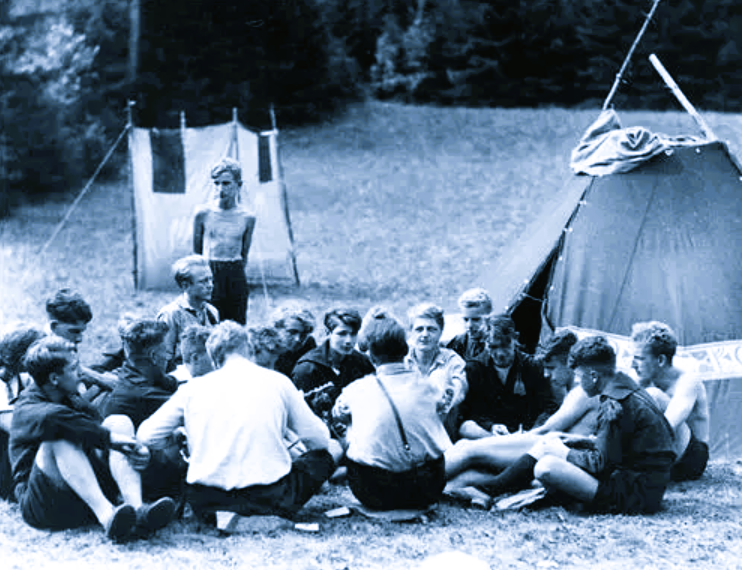
The Gestapo imprisoned him for two weeks at the end of 1937. After his labour and military service, Hans Scholl studied medicine in Munich during the 1939 summer semester. In May 1940, he was deployed as a medical orderly on the French front. Hans Scholl was able to continue his degree in April 1941 in the 2nd Student Company of the Army Medical Squadron in Munich, where he met Alexander Schmorell in June 1941. From the fall of 1941, Hans Scholl was in close contact with the Catholic journalist Carl Muth. In June and July 1942, Hans Scholl and Alexander Schmorell distributed the first four White Rose leaflets. With Schmorell and Willi Graf, Hans Scholl was sent to the Soviet Union from the end of July to the end of October 1942 on a front internship. After their return to the University of Munich, he continued his resistance activities. The group’s fifth leaflet was duplicated and distributed by Hans Scholl, his sister Sophie, Alexander Schmorell, and Willi Graf. In February 1943, Scholl and Alexander Schmorell painted slogans such as “Freedom” and “Down with Hitler” on Munich walls, with the support of Willi Graf. Hans and Sophie Scholl placed the sixth and final White Rose leaflet around the Munich University building on the 18th of February 1943, throwing some down into the atrium. They were arrested at the university and sentenced to death four days later. They were executed at the Munich-Stadelheim Prison that same day.
They were all beheaded by guillotine only a few hours after being found guilty. A prison guard later reported: “They bore themselves with marvellous bravery. The whole prison was impressed by them. That is why we risked bringing the three of them together once more—at the last moment before the execution. If our actions had become known, the consequences for us would have been serious. We wanted to let them have a cigarette together before the end. It was just a few minutes that they had, but I believe that it meant a great deal to them.” It was reported that Hans Scholl’s last words were, “Long live freedom!”
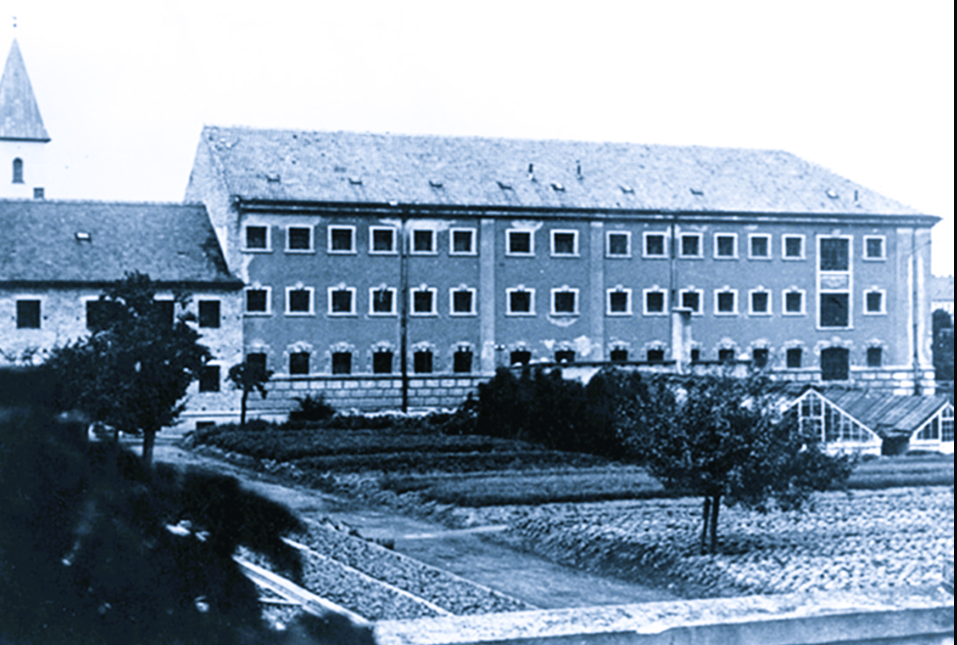
The activities of The White Rose resistance consisted of distributing anti-Nazi regime leaflets and cladding anti-Nazi slogans on public buildings.
Holocaust historian Jud Newborn wrote:
“You cannot really measure the effect of this kind of resistance in whether or not X number of bridges were blown up or a regime fell… The White Rose really has a more symbolic value, but that’s a very important value.”
Sources
https://spartacus-educational.com/GERschollH.htm

Donation
I am passionate about my site and I know you all like reading my blogs. I have been doing this at no cost and will continue to do so. All I ask is for a voluntary donation of $2, however if you are not in a position to do so I can fully understand, maybe next time then. Thank you. To donate click on the credit/debit card icon of the card you will use. If you want to donate more then $2 just add a higher number in the box left from the PayPal link. Many thanks.
$2.00
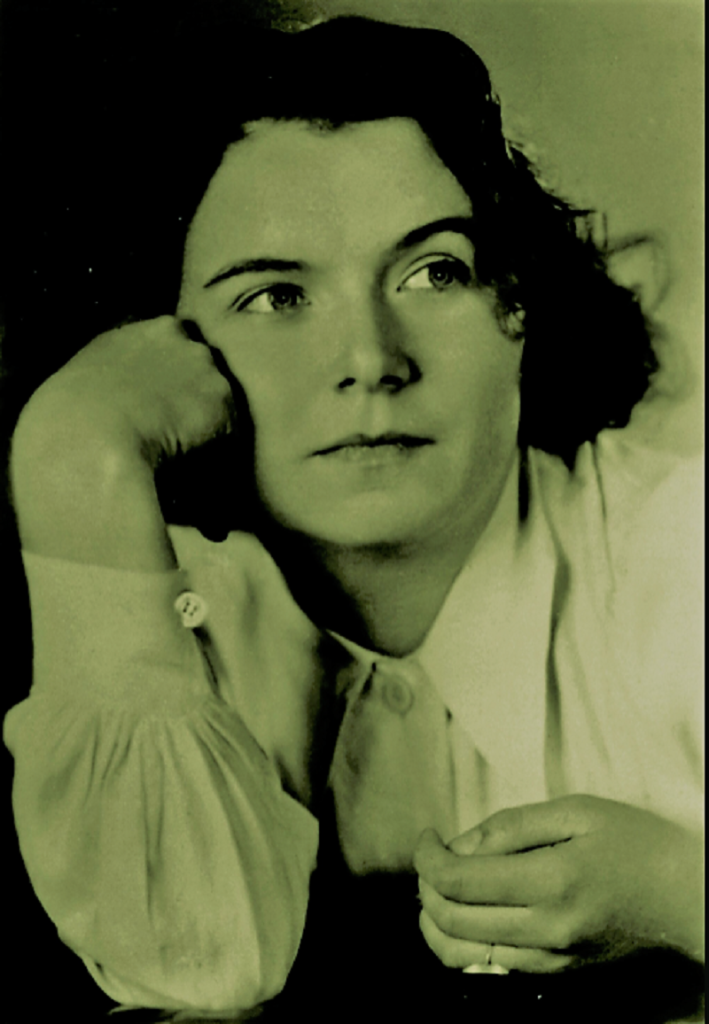
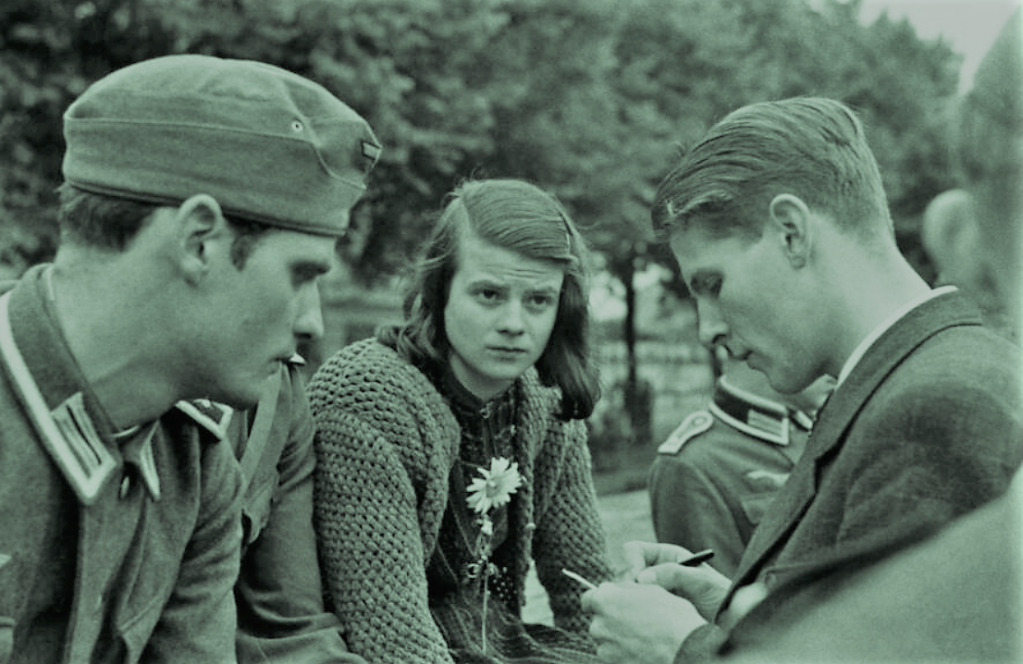
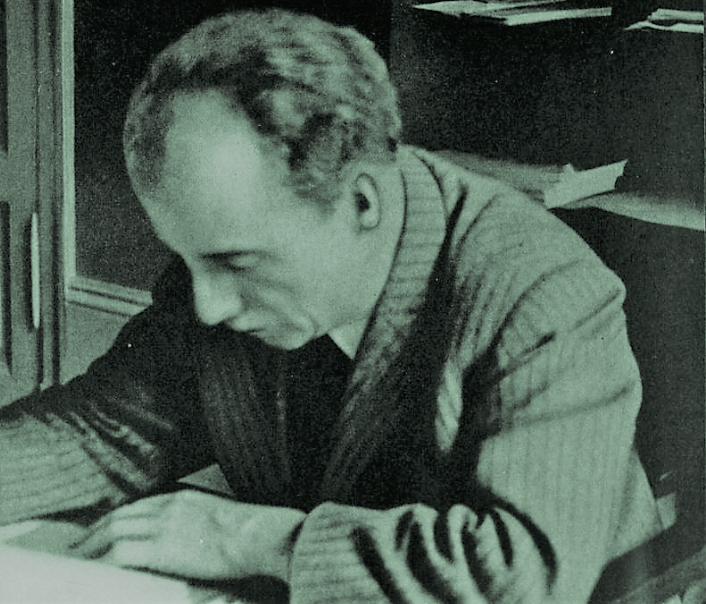








You must be logged in to post a comment.